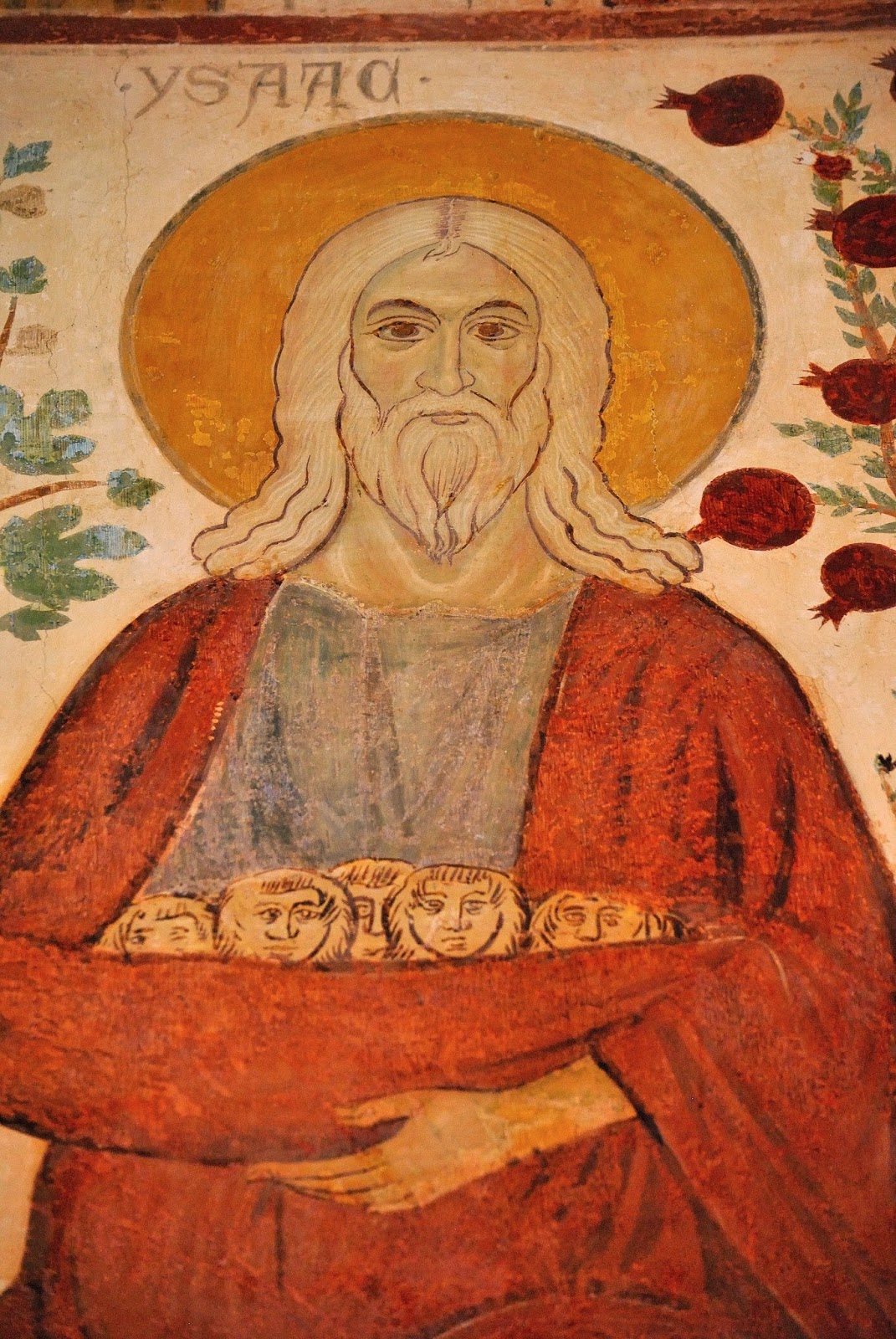Torre Santa Susanna is
a small town, close to Mesagne, in the province of Brindisi.
In Torre S. Susanna there
are two things you must see. Firstly, the Byzantine church of Crepacore.
Secondly, the medieval ipogeo olive press, one
of the biggest ever made in Apulia.
Lucia and I leave early in the morning heading to church of Crepacore which dates back to the 7th century.
On Sunday, the church
is opened from 10 to 12 am.
We arrive at 11
o’clock.
The church of Crepacore is located a couple of miles
before Torre S. Susanna, on the road which links Mesagne to Torre S. Susanna.
Francesca and Cosimo,
two young passionate tourist guides, welcome us with a gentle smile.
“We have discovered few Longobardic tombs around here. In all of them, the body had its head oriented at East”.
The church has been
built right in the middle of the limitone dei Greci, a wall which separated the Greek part of Apulia ruled by the
Spartan Taranto, from the Messapians (Manduria, Brindisi etc..).
The church has been
built up on a Roman rural villa.
The number three
occurs quite often in this temple: three windows, three navate (nave). That is not a
coincidence.
Gaiderisio, a Longobardic Prince, had been painted beside St. Pietro. It is presumed
that it is a Byzantine fresco, though. You will notice that Gaiderisio is on the same level of the
Saint.
Both of them are represented with the same length.
What strong, and at
the same time, subliminal impact on the audience of that time.
Political and
religious powers move on together.
The following fresco represents God, surrounded by archangels and saints.
These frescos are
dated back to 9th and 10th century.
We complete the visit
to this astonishing church, not before having paid the ticket.
However, we want to go
to Torre S. Susanna and visit the ipogeo olive press as well.
Actually, I’m just
reading an inspiring book about the rocky civilisation: Le chiese rupestri di Puglia, written by Franco dell’Aquila and Aldo
Messina. Edited by Adda (Bari,
Italy).
Indeed, we were
absolutely right to visit the ipogeo. It is immense.
This is a monument of
the rocky civilization.
The ipogeo is excavated into
a tufaceous stone.
At that time, the ipogeo were very much
appreciated for several reasons:
- The temperature was held pretty low, at an average of 6°.
- The precious olive oil was secured underneath from raids.
- Last but not least, it was easier to excavate than to carry on stones and build up.
The olive press dates
back to the 17th century.
However, according to
the rumours, part of it was already excavated in the 15th century by
Basilian monks for religious purposes.
The ipogeo is compounded by several rooms, some of them are even not accessible.
There are two kinds of
presses: one is called genovese.
The other one calabrese.
The ipogeo has been working
till, at least, the 1867.
However, a national
law promulgated in the early 20th century, will definitely shut down
such ipogeo due to the
lack of hygienic standards.
We say bye to Mina, who
has guided us through this underneath labyrinth.
Finally, Lucia and I
come back to Brindisi, easily though.
We chat about the nice
people we have just met, and the two jewels we have admired.










































